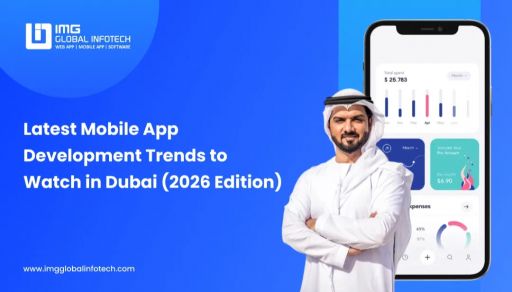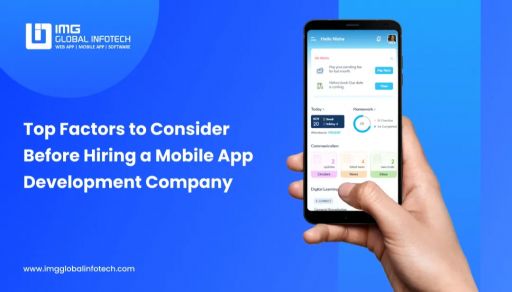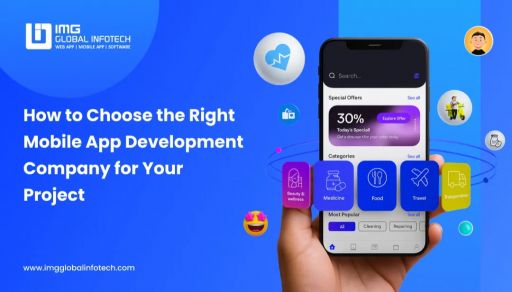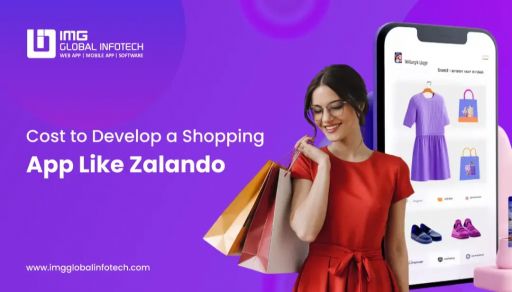How To Create A Porter-Like App For Your Logistics Startup
Neeraj Rajput
Oct 05, 2025
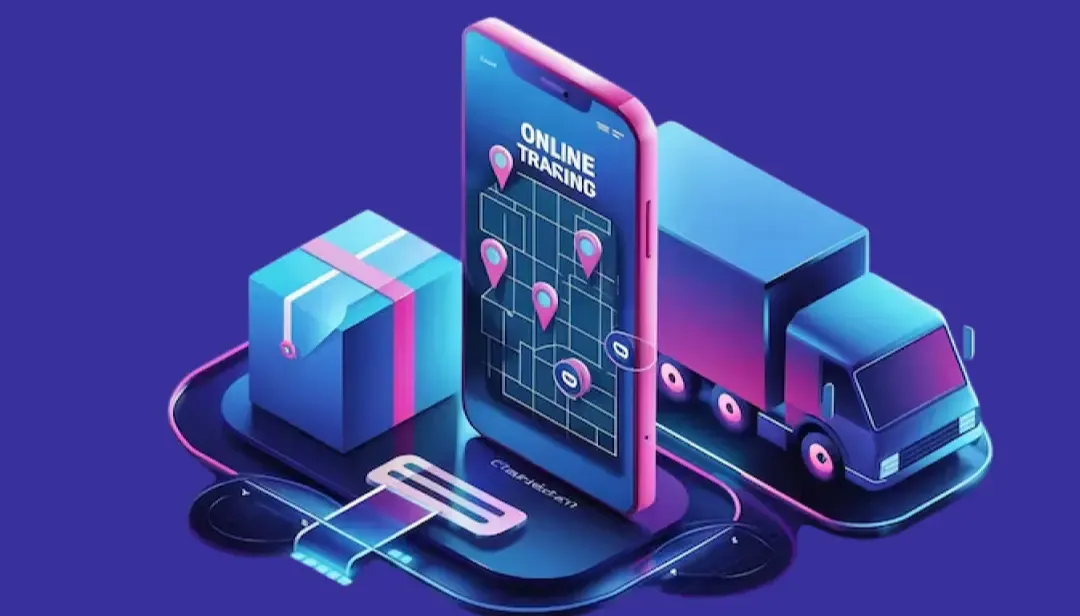
In today’s fast-paced digital era, on-demand logistics and delivery apps like Porter have transformed the way individuals and businesses manage transportation and goods movement. Porter simplifies intra-city logistics by connecting customers with nearby drivers for quick, affordable, and reliable deliveries. As urban mobility and eCommerce continue to grow, the demand for such smart logistics platforms is skyrocketing. Entrepreneurs looking to tap into this booming market can greatly benefit from developing a Porter-like app that offers seamless booking, live tracking, digital payments, and efficient fleet management.
Building an apps like porter requires a strategic blend of robust technology, real-time GPS tracking, driver management, and intuitive design to deliver a smooth user experience. Let’s explore the key steps, features, and costs involved in developing a successful on-demand logistics app similar to porter.
What Is the Porter App?
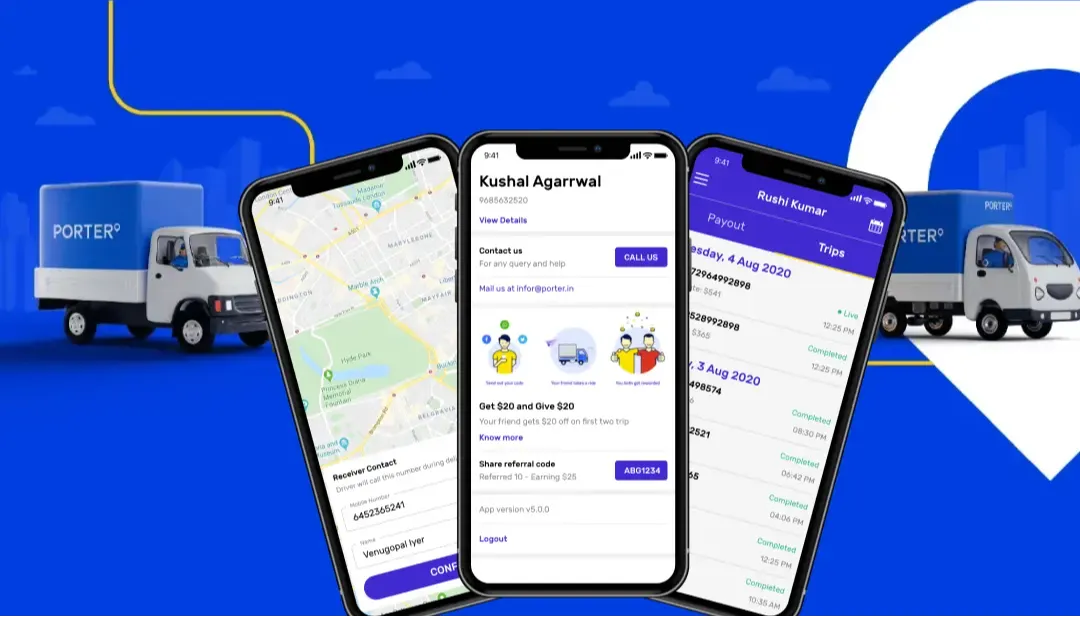
Porter is an on-demand intra-city transport and logistics application to link users to nearby drivers quickly, reliably, and with affordability. Customers, whether individuals or businesses, can then book a vehicle of various sizes for delivering goods, furniture, or packages. The application has features that includes real-time tracking, instant booking, digital payments, and the management of drivers, making the delivery seamless and efficient. Porter resolves the difficulties with urban logistics by providing convenience, transparency, and timeliness for users and drivers.
Why Invest In A Logistics App Like Porter?
The logistics and delivery industry is evolving rapidly, driven by the growth of eCommerce, urbanization, and the need for efficient transportation solutions. Investing in Mobile app development can be highly rewarding. Here are five key reasons why:
1. High Market Demand
With businesses and individuals relying more on same-day deliveries and intra-city transport, the demand for efficient logistics solutions is surging. An app like Porter taps into this growing need, ensuring a steady user base.
2. Scalable Business Model
The porter driver app allows for scalability across cities and regions. By connecting more drivers and expanding services, the app can grow rapidly while maintaining operational efficiency.
3. Recurring Revenue Opportunities
A porter-like app can generate multiple revenue streams, including delivery fees, subscription models for frequent users, and partnerships with businesses needing bulk or regular deliveries.
4. Competitive Advantage Through Technology
Real-time tracking, automated dispatching, route optimization, and digital payments provide a seamless experience for both customers and drivers. Advanced features increase user satisfaction and loyalty, giving your app an edge over traditional transport services.
5. Contribution to the Gig Economy
By enabling independent drivers to earn through the platform, logistics apps support the gig economy. This not only creates social impact but also attracts a large pool of drivers, ensuring service availability and faster deliveries.
Key Features Of A Porter-like App
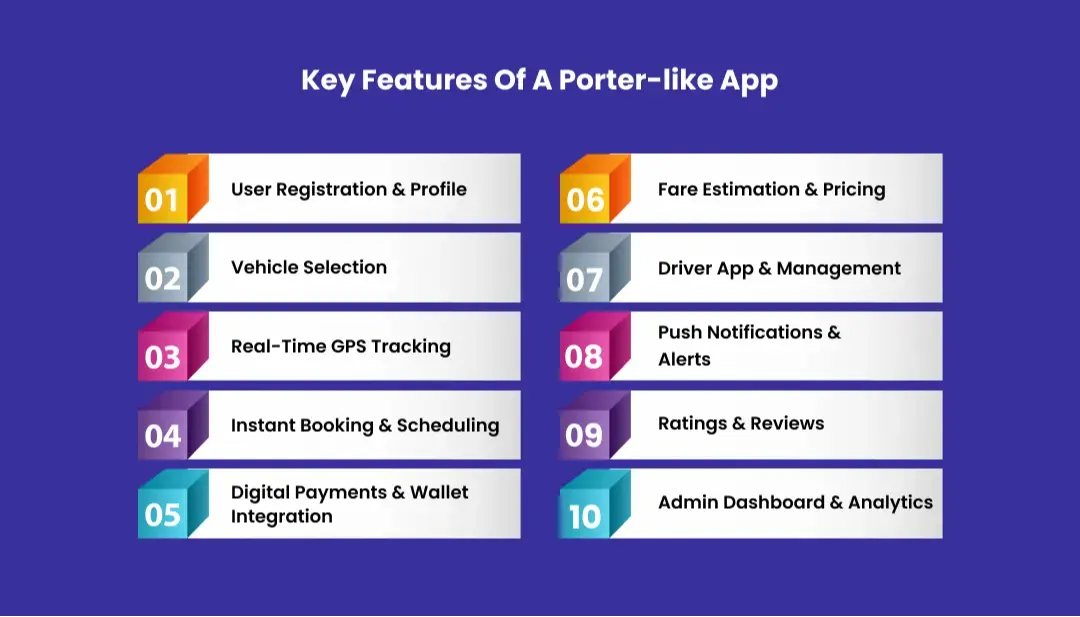
1. User Registration & Profile
Users can quickly register via email, phone, or social media, create a profile, and manage personal details, making it easy to book services and track deliveries.
2. Vehicle Selection
Customers can choose from multiple vehicle types based on their delivery needs, such as mini trucks, vans, or bikes, ensuring cost-effective and suitable transport for every load.
3. Real-Time GPS Tracking
Track deliveries and driver locations in real-time, providing transparency and allowing users to monitor their shipments from pickup to drop-off.
4. Instant Booking & Scheduling
Users can schedule immediate or future deliveries with just a few taps, offering flexibility and convenience for both urgent and planned logistics needs.
5. Digital Payments & Wallet Integration
Supports multiple payment options including credit/debit cards, UPI, and in-app wallets, ensuring seamless, secure, and contactless transactions for users and drivers.
6. Fare Estimation & Pricing
Automatically calculates estimated delivery costs based on distance, vehicle type, and load weight, giving users clear pricing before confirming a booking.
7. Driver App & Management
Drivers can manage bookings, update status, navigate routes, and communicate with customers, ensuring efficient operations and timely deliveries.
8. Push Notifications & Alerts
Keep users and drivers informed about booking confirmations, real-time updates, and delivery completion through timely push notifications and alerts.
9. Ratings & Reviews
Users can rate drivers and provide feedback, improving service quality and helping maintain trust and accountability on the platform.
10. Admin Dashboard & Analytics
The admin can monitor all operations, track deliveries, manage users and drivers, and analyze performance metrics to optimize the platform for efficiency and growth.
Porter Like App Development Process
Developing a Porter-like logistics app requires expertise in mobile app development, cloud infrastructure, and real-time GPS technology. Hiring a professional mobile app development company ensures your app is robust, scalable, and user-friendly. Here’s a breakdown of the five key steps involved in the development process:
1. Requirement Analysis & Planning
The Logistics app development company begins by understanding your business goals, target audience, and desired features. They analyze competitors, define technical specifications, and create a project roadmap, ensuring the app aligns with your vision and market demands.
2. UI/UX Design
Designers craft an intuitive and visually appealing interface for both users and drivers. Wireframes, mockups, and interactive prototypes are created to optimize navigation, booking flow, and overall user experience. The On-demand app development is simple and engaging.
3. App Development
The On-demand logistics app development team codes the app for chosen platforms (iOS, Android, or cross-platform). Key modules like real-time GPS tracking, vehicle selection, booking management, digital payments, and notifications are integrated to ensure seamless functionality.
4. Testing & Quality Assurance
Before launch, the app undergoes rigorous testing to identify and fix bugs, ensure smooth performance, and verify compatibility across devices. QA checks functionality, security, and speed to guarantee a reliable user experience.
5. Deployment & Post-Launch Support
Once the app passes testing, it is deployed on app stores. The On-demand delivery app development company also provides post-launch support, including updates, performance optimization, and maintenance, ensuring the Logistics app like Porter remains secure and competitive.
Cost To Build An App Like Porter
The Cost to build an app like Porter, an on-demand logistics and delivery platform, generally ranges between $15,000 to $60,000, depending on the app’s complexity, features, and development approach.
Building such a Logistics app like Porter requires integrating real-time GPS tracking, driver management, digital payments, and a smooth user interface, all of which influence the total Cost to build an app like Porter.
Here are 5 key factors affecting the Cost to build an app like Porter:
1. App Features and Complexity
Advanced features like live tracking, route optimization, multiple vehicle options, and in-app chat increase App development cost compared to a basic delivery booking system.
2. Platform (iOS, Android, or Cross-Platform)
Developing for multiple platforms requires more resources and coding time. Cross-platform solutions may reduce cost but can impact performance compared to native apps.
3. UI/UX Design
A user-friendly and visually appealing interface requires skilled designers, increasing Porter app development cost. Complex animations and intuitive navigation also add to the budget.
4. Development Team & Location
Hourly rates vary by region. Fleet management app development companies in India may charge $25–$40/hr, while those in the USA or Europe may charge $80–$150/hr, affecting overall Porter app development cost.
5. Maintenance & Upgrades
Post-launch support, server monitoring, bug fixes, and regular updates are crucial for app performance and security, adding ongoing costs.
By carefully considering these factors, businesses can estimate and plan the budget for a high-performing Porter like logistics app development.
Why Partner with IMG Global Infotech for Logistics App Development?
At IMG Global Infotech, we specialize in building robust, scalable, and secure logistics and on-demand delivery apps tailored to your business needs. With years of experience in mobile app development, we offer end-to-end solutions, from concept design to deployment and post-launch support. Our Porter clone app development team ensures seamless real-time tracking, driver management, and digital payment integration for superior user experience. Partner with us to transform your Porter clone app solution idea into a high-performing, revenue-generating platform that meets modern market demands efficiently.
Conclusion
Building a porter delivery partner app offers a significant opportunity to tap into the growing on-demand logistics market. Success depends on integrating essential features such as real-time tracking, driver management, digital payments, and an intuitive user interface while ensuring scalability and security. Partnering with an experienced Porter app development company can simplify this process, providing expert guidance, seamless development, and post-launch support. With the right strategy and technology, your Porter-like app can deliver exceptional user experience, operational efficiency, and long-term business growth in the competitive logistics industry.
 AI vs Machine Learning vs Deep Learning: What’s the Difference?
AI vs Machine Learning vs Deep Learning: What’s the Difference?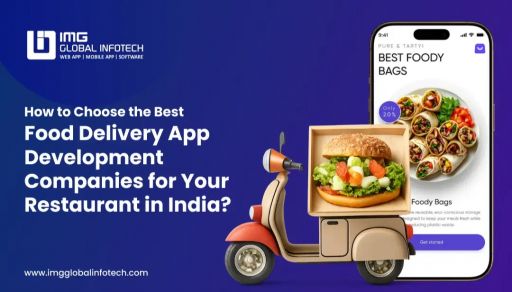 How to Choose the Best Food Delivery App Development Companies for Your Restaurant in India?
How to Choose the Best Food Delivery App Development Companies for Your Restaurant in India?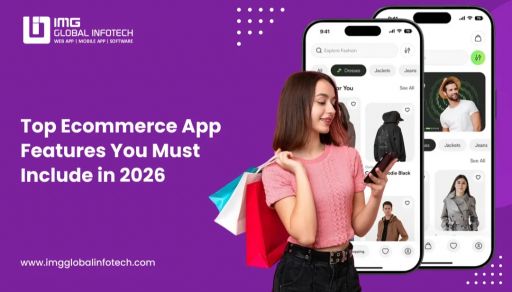 Top 10+ Ecommerce App Features You Must Include in 2026
Top 10+ Ecommerce App Features You Must Include in 2026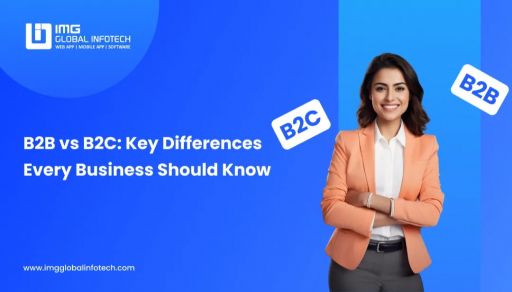 B2B vs B2C: Key Differences Every Business Should Know
B2B vs B2C: Key Differences Every Business Should Know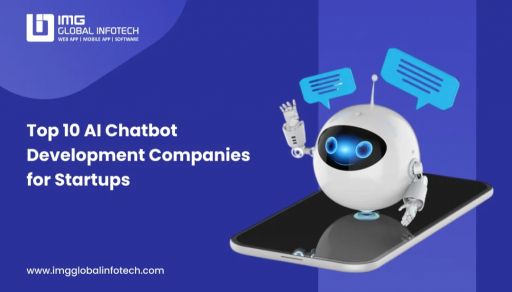 Top 10 AI Chatbot Development Companies for Startups
Top 10 AI Chatbot Development Companies for Startups
Neeraj Rajput is the co-founder of a leading IT company with over a decade of experience in technology consulting, product development, and digital transformation. With a passion for solving complex business challenges through smart tech solutions, he shares insights on innovation, leadership, and the evolving IT landscape



